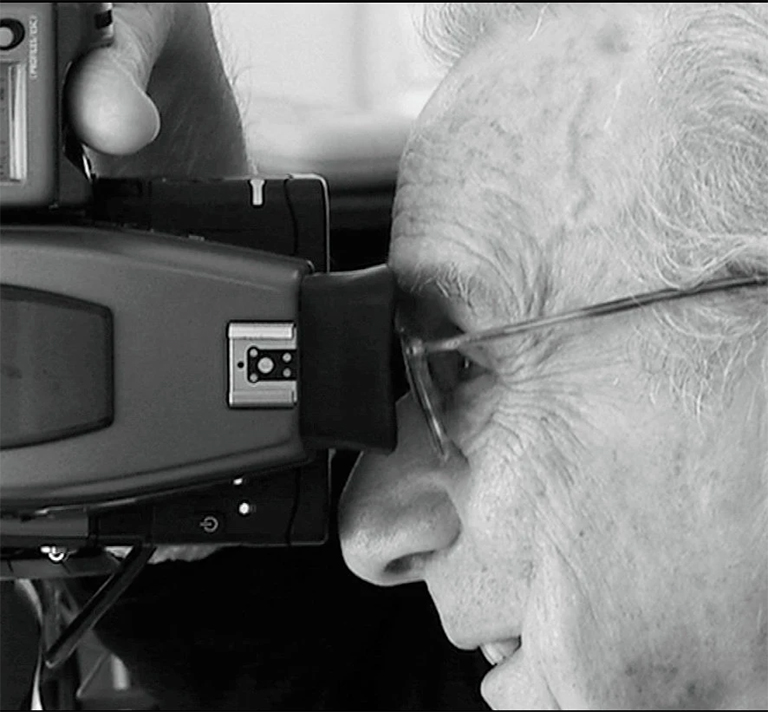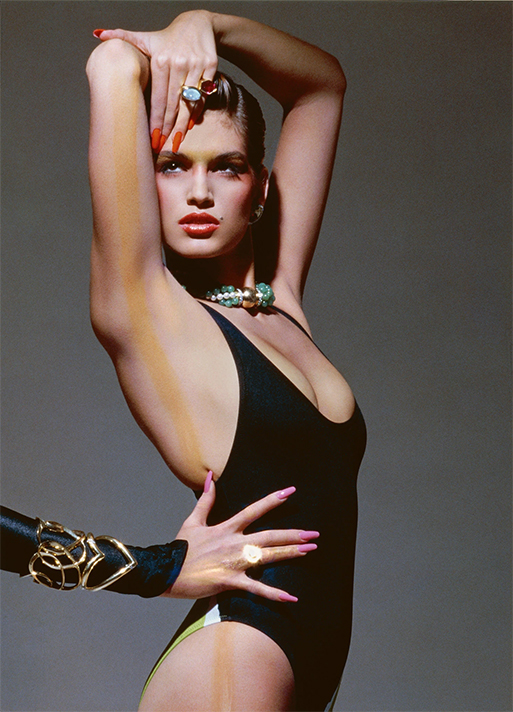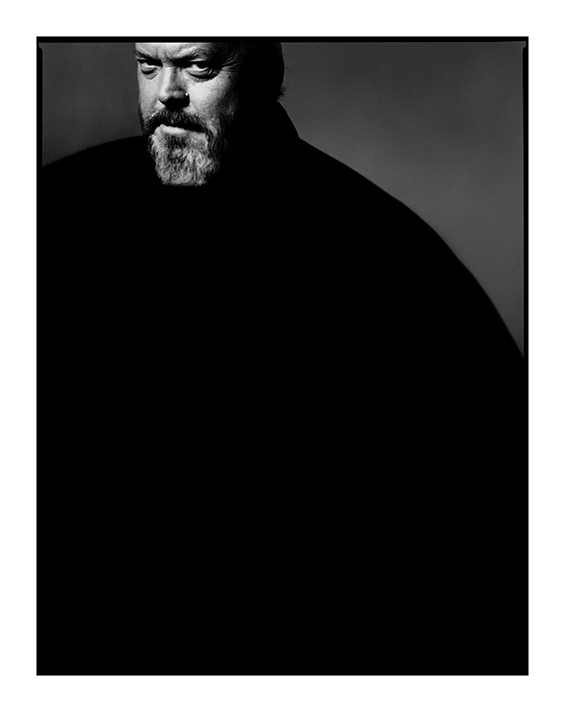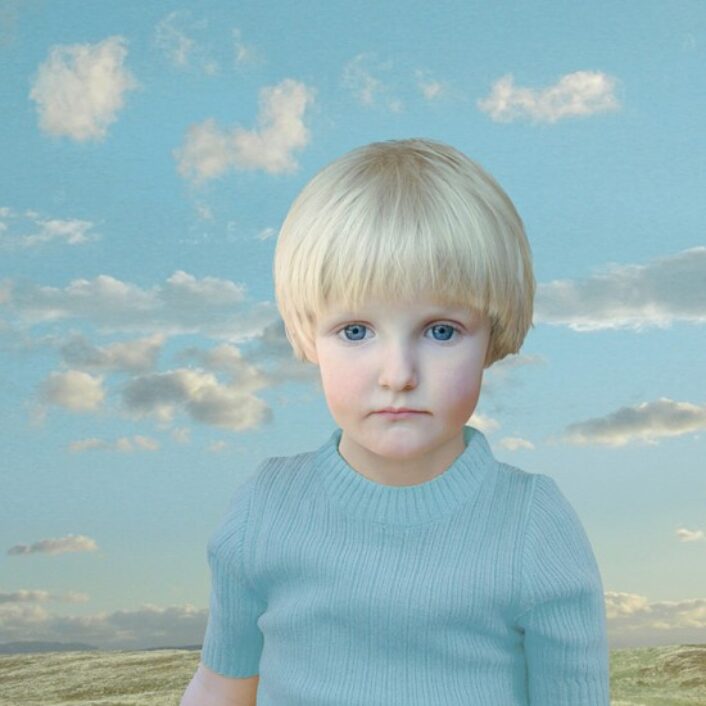Culture
The legacy of Victor Skrebneski

Behind the camera…
Image courtesy of: The New York Times
Earlier this month, in the midst of Covid-19 craziness, the world lost a legendary photographer when Victor Skrebneski died of cancer. Over the years, we’ve had the great pleasure of installing a few of Skrebneski’s photographs in our clients’ homes and their effect has always been magical. Below is our tribute to someone who brought glamour to portraits…
Skrebneski’s career began when, as a young boy, he found an abandoned camera in a park. Born to a mother who owned a restaurant and a father who worked in the steel industry, Skrebneski spent a lot of time exploring outside. At the age of 7, he found a forgotten-about camera at a park… doing the right thing, he quickly turned the camera over to the park attendant. The attendant told him that if no one claimed it within a week, he could have it. And this is how Skvebnski’s life path started. Throughout his childhood, he was his own teacher. At the age of 18, he finally received formal instruction at the School of the Art Institute of Chicago and the Illinois Institute of Technology; and at this point, Skrebneski was able to turn his passion into a career. Commissions were slow to come by and Skrebneski briefly toyed with the idea of relocating to New York, where the majority of the fashion photography was taking place. At the right moment, he received an assignment with the iconic Marshall Field’s Department Store. One job lead to another and, in 1952, Skrebneski opened his own studio.

An 18-year-old Cindy Crawford, a local girl from Dekalb, Illinois. Skrebneski shot Crawford extensively for various campaigns until a 15 year fallout. The two reunited and remained close friends for the duration of Skrebneski’s life.
Following his death, Crawford said about her friend, “Working with Victor was one of the great privileges of my modeling career. He was my first mentor and taught me so much about the art of modeling and photography. Those years I spent on his set under the beautiful lighting being directed by a true artist, prepared me for my life in fashion, but also, his elegance and sophistication shaped my definition of a true gentleman.”
Image courtesy of: The New York Times
Skrebneski first became famous for photographing “The Estee Lauder woman.” This print advertising campaign ran in glossy magazines for many years; the settings often suggested old money and refined taste. Becoming Estee Lauder’s exclusive photographer for the ad campaign cemented Skrebneski’s place as a notorious photographer. He was the first to photograph a 17-year-old Cindy Crawford, ushering in an era of supermodels that was unlike anything in years prior.
Ralph Lauren met Skrebneski when he hired him to shoot the designer for a Purple Label advertising campaign. Already a legendary photographer, Skrebneski photographed Lauren in his apartment via his signature style, in black-and-white wearing a simple black V-neck sweater and white shirt underneath. About Skrebneski, Lauren said, “One of my favorite pictures of myself is one that he gave me that hangs outside my office. It’s artfully out of focus and very cinematic. He loved capturing a moment when people weren’t posing — the picture in-between the picture. Because he lived in Chicago, he was a regular at our restaurant there. He admired my clothes and I admired his photographs. He was both an artist and a real gentleman.”
Skrebneski also worked extensively with David Bowie. He noted that every photograph has a story, and revealed that Bowie preferred being photographed nude. He said, “Every picture I photographed him in, he’s naked. He absolutely loved being naked. He told me he didn’t know what he looked like. When he goes to everybody else’s photography studio, they dress him, they make him up, they do his hair and that’s not him, so he wanted to see how he was. I think I introduced Iman to him and did their wedding picture and they’re naked. It’s beautiful and one of my favorites.”
One of his earliest celebrity photographs was of Vanessa Redgrave with her arms covering her bare breasts. The year was 1967 and this was quite progressive.

A 1970 photograph of Orson Welles.
Image courtesy of: The New York Times
However perhaps what the photographer is most known for are the portraits in black turtlenecks that were simply titled, “the black turtleneck sweater portraits.” The initial portrait was of the director Orson Welles, as requested by Warner Brothers Studio. Apparently, when Mr. Welles showed up for his sitting, he was an hour late. In a hurry to get started, he began taking off his dark sweater, but Skrebneski persuaded him to keep it on and he photographed him with a single light above his head. He shot from an angle that reminded the artist of his childhood trips to the movies with his father… who preferred to sit in the front row.
When he was honored at a Chicago event last year, the artist said, “Everybody wanted to be photographed in the black turtleneck. They wanted the one that Orson Welles wore.” (The Welles picture, taken in 1970, was the first of the series; when he photographed Bette Davis the following year, he gave her a turtleneck that was several sizes smaller.) It is said that this was Bette Davis’ all-time favorite photograph of herself.
We feel so fortunate that we got the opportunity to install several beautiful photographs by this master. We know they will make people smile for years to come. Thank you Mr. Skrebneski!


